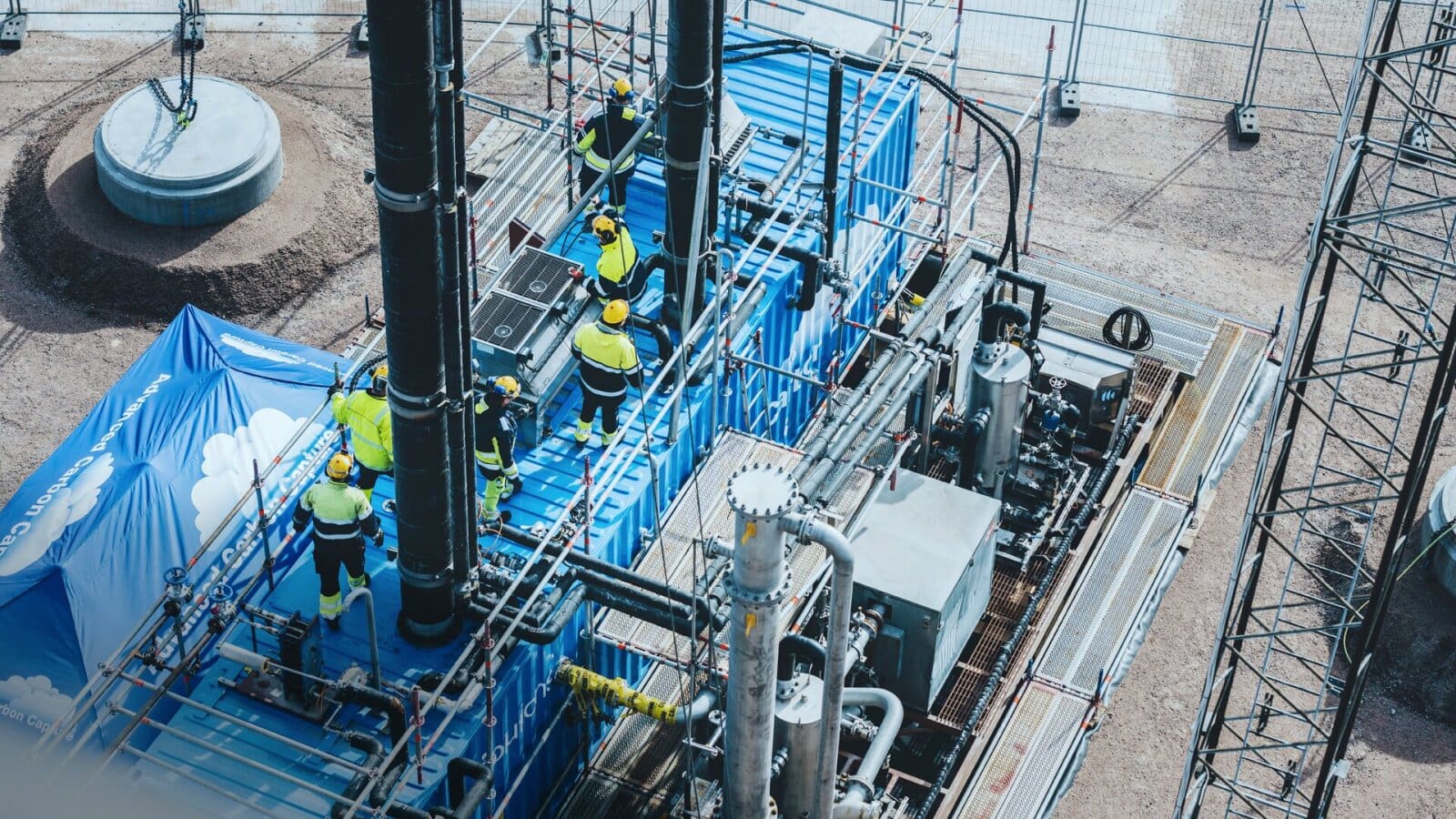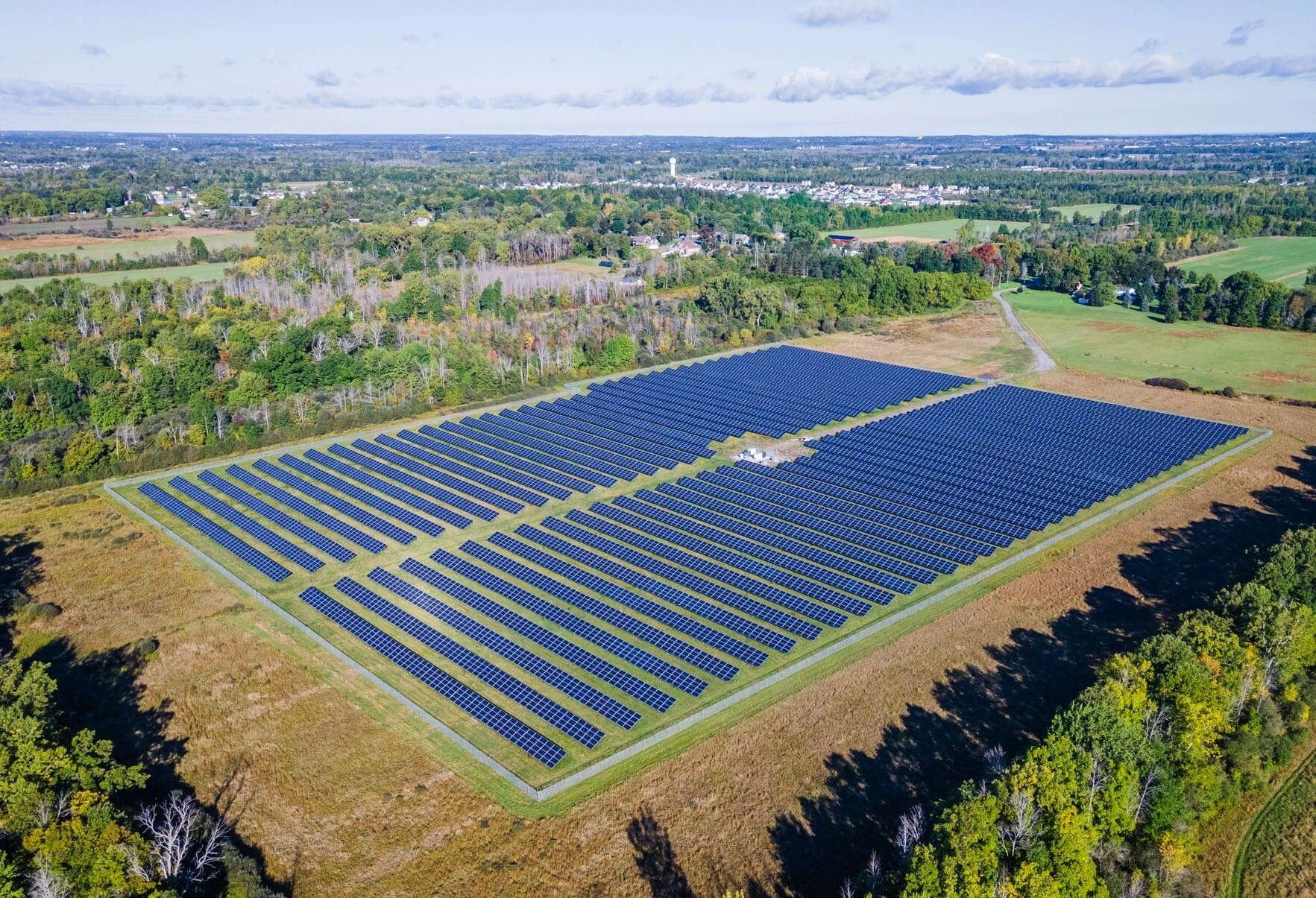
This article was written by Kathleen Draper.
Renewable natural gas (RNG) from waste organic materials has been growing in popularity particularly given the recent supply chain challenges with fossil fuels. While demand for pipeline-quality RNG has increased, cost-effective and consistent supply has proven challenging. Biochar, and the process used to produce it, thermochemical conversion (TCC), may provide a way to boost the quality and quantity of available RNG. A growing body of research and more recently pre-commercial pilots have highlighted the benefits of co-locating anaerobic digestors (AD) and biochar production facilities.
Both AD and TCC are methods used to treat organic waste while simultaneously generating various valuable co-products. AD typically produces a liquid effluent which is often used as a fertilizer, a solid fraction known as digestate, and a gas which has been extensively used to produce electricity but is increasingly being upgraded to generate pipeline-quality RNG (90% + methane). Depending on the TCC technology used (i.e., pyrolysis or gasification), co-products generated may include biochar, bio-oil, syngas and/or wood vinegar. TCC can deliver volume reductions between 70% and 95%, something that waste managers dealing with large volumes of low-value materials are increasingly interested in. This volume reduction is also much faster than other organics management processes (e.g., composting) as it only takes minutes to hours to achieve versus weeks, thereby requiring significantly smaller footprints to manage waste.
Biochar Background
Biochar, for the uninitiated, is a highly stable, long-lasting, high-carbon material highlighted by the Intergovernmental Panel on Climate Change (IPCC) as one of a handful of negative emissions technologies (NETs) which can materially contribute to rebalancing atmospheric carbon. High heat and low or no oxygen converts short-term carbon which normally decays back into carbon dioxide (CO2) within months or a few years into a durable carbon material which can last centuries to millennia. A wide variety of feedstocks can be used to produce biochar including woody materials, crop residues, animal manures, sewage sludge, and digestate.
Companies such as Aenergia are co-locating pyrolysis technology alongside digester to convert excess digestate into biochar. This will not only reduce waste volumes but also provide additional revenue streams for the biochar and potentially for the carbon removal credits. To date, biochar from digestate has not been eligible for carbon removal credits but there are on-going discussions about creating methodologies for this particular type of biochar.
Biochar Growth Opportunities
Traditionally, biochar has been positioned as a soil additive but the number of different uses for biochar has been growing quickly over the past few years. Of particular interest to the RNG industry is its potential use within a digester to improve the efficiency and outputs and to filter out some of the hydrogen sulfide (H2S) produced during digestion. CHAR Technologies (CHAR) from Ontario, Canada, has been investigating the commercial potential of using biochar for this purpose for several years and have shown that biochar enriched with H2S from a digester has enhanced impacts on crop yield. They’ve also shown that biochar can be a cost-effective method of sulfur removal as compared to current methods using activated carbon though supplying sufficient amounts of consistent-quality biochar for this market can be a challenge before biochar production capacity ramps up.
CHAR is also poised to be one of the first commercial-scale producers of RNG from TCC in North America. Using a proprietary high-temperature pyrolysis technology in addition to upgrading technologies, they will directly generate RNG from low-value wood waste such as bark that is currently sent to the landfill. Their first location will be at a former paper milling plant in the Niagara region of Ontario, Canada, where two kilns will convert 3.5 tons (3.2 tonnes) per hour of biomass into RNG and biochar, or in some cases biocoal, which will be sold to the metallurgical industry to help them shift from the use of coal for energy production. Each kiln will be generating in excess of 5000 MTPA of biochar.
Another biochar company taking a lead in leveraging the synergies between biochar and AD is Carbogenics, located in Edinburgh, Scotland. Their team has performed numerous lab-scale trials and more recently industrial trials using biochar within a digester to increase methane production. One of the feedstocks they have explored is carbonized paper mill sludge which was shown to boost gas production by 10% to 15%, while others have boosted production by up to 20%. Carbogenics is planning a new production facility in Scotland to be built in 2023.
Creating RNG through the same technologies as those used to make biochar (and bio-oil, syngas, and/or wood vinegar) is an increasingly proven way to expand the sustainability of RNG. Watch this industry as it gets to commercial scale, becoming a core part of the energy transition.
About The Author
Kathleen Draper is the board chair of the International Biochar Initiative and has been in the biochar industry for more than a decade. She has co-authored two books about biochar (BURN: Using Fire to Cool the Earth and Terra Preta: How the World’s Most Fertile Soil Can Help Reverse Climate Change and Reduce World Hunger) and written and spoken about biochar to audiences around the globe. She is the US Director for the Ithaka Institute for Carbon Intelligence, a non-profit, open-source organization focused on the use of biochar in climate farming, agroforestry, and industrial use. She is also a co-founder of C-interest, a materials company working to commercialize biochar-based composites. She has a master’s degree in Managing for Sustainability. Prior to becoming involved with the biochar world, she worked for an international consulting firm working on various internal and external areas including project and knowledge management and human resources.
















